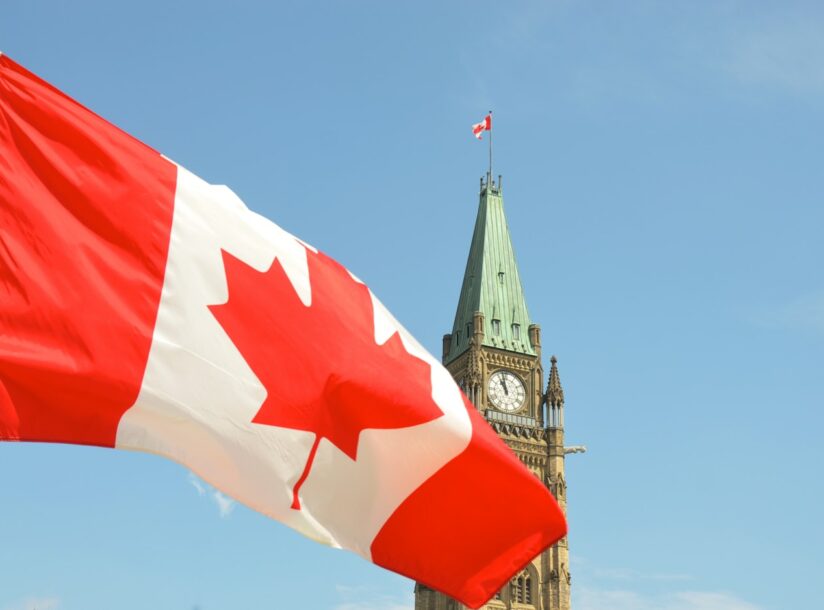Consumer Proposal vs. Bankruptcy: Understanding Debt Relief Options in British Columbia

Feeling financially stressed can be overwhelming, but it’s important to know that there are options to help you regain control. In British Columbia, two of the most common debt relief solutions are consumer proposals and bankruptcies. But how do you determine which option is best for you and your family’s financial situation?
If you’re looking to understand the differences between a consumer proposal and bankruptcy in Canada, you’re in the right place. This blog will break down the key differences, along with the pros and cons of each option, empowering you to make an informed decision.
Understanding Bankruptcy in BC
What is Bankruptcy? Bankruptcy is a legal way to help people get rid of unsecured debts when they’re unable to pay them back. If you file for bankruptcy, you’ll be protected from creditors, giving you a chance to start fresh financially. A Licensed Insolvency Trustee (LIT) will guide you through the process, ensuring it complies fully with Canada’s Bankruptcy and Insolvency Act.
Key Features of Bankruptcy:
- Assets: You might need to give up some of your assets to help pay back creditors, but there are certain things you can keep, like clothes and basic household items. These rules are different depending on where you live, and your Bankruptcy Trustee will help you understand what you can and can’t keep.
- Impact on Credit: Filing for bankruptcy has a significant impact on your credit report. It remains on your credit history for six years after discharge for a first-time bankruptcy.
- Duration: Most first-time bankruptcies last nine months, but this can extend depending on your income and other factors.
- Cost: Costs are determined based on your income, assets, and family size.
Understanding Consumer Proposals
What is a Consumer Proposal? A consumer proposal is a legal agreement where you work with your creditors to pay off a portion of your debt over a period of up to five years. A Licensed Insolvency Trustee is the only professional who can file a consumer proposal on your behalf, just like bankruptcy, and it allows you to keep your assets while paying back what you can.
Key Features of a Consumer Proposal:
- Assets: You can keep all your assets, including your home and car, as long as you continue making your payments on time.
- Impact on Credit: A consumer proposal impacts your credit, but it’s less severe than bankruptcy. It will stay on your credit report for three years after you complete your consumer proposal, or six years from the date you file—whichever happens first.
- Payment Terms: Your payments are based on what you can afford, so the proposal is flexible and can work with your budget.
- Creditor Approval: For the proposal to be accepted, at least 51% of your creditors (based on the amount of debt you owe) need to agree to it.
Bankruptcy v. Consumer Proposal Key Differences Between Bankruptcy and Consumer Proposals
Bankruptcy
Assets: Some assets may be surrendered
Payments: Fixed or surplus income payments
Credit Impact: Remains 6 years after discharge
Eligibility: Insolvent, no maximum debt limit
Consumer Proposal
Assets: All assets are protected
Payments: Negotiated affordable payments
Credit Impact: Removed 6 years after you file
Eligibility: Maximum debt of $250,000
Pros and Cons of Bankruptcy and Consumer Proposals in BC
Bankruptcy
Pros:
- Eliminates most unsecured debts quickly.
- Stops wage garnishments and collection calls.
- Provides a clear path to a fresh financial start.
Cons:
- Requires surrendering some assets (depending on exemptions).
- Significant impact on credit rating.
- Potential surplus income payments.
Consumer Proposal
Pros:
- Allows you to keep your assets.
- Flexible and affordable payment terms.
- Less impact on credit compared to filing for bankruptcy.
Cons:
- Repayment period is typically five years.
- Requires approval from the majority of creditors.
- Secure debts can’t be included.
How to Decide Between a Consumer Proposal and Bankruptcy
Choosing the right debt solution depends on several factors:
- Debt Amount: If your total debt exceeds $250,000 (excluding your mortgage), bankruptcy may be the only option.
- Income Stability: Those with steady income might benefit more from a consumer proposal.
- Asset Ownership: If retaining your home or vehicle is a priority, a consumer proposal is likely a better fit.
- Future Financial Goals: Consider how each option aligns with your long-term financial goals
Comparing a consumer proposal vs bankruptcy can help you find the best debt relief option in British Columbia. Deciding between these options can feel overwhelming, but you don’t have to navigate this journey alone. Both options offer a path toward financial freedom, and a Licensed Insolvency Trustee can guide you through the process.
If you’re unsure which option is right for you, reach out to a Licensed Insolvency Trustee for a free consultation. They can assess your financial situation and recommend the best course of action tailored to your needs.
Take the first step toward financial stability today. Help is just a call or click away!


